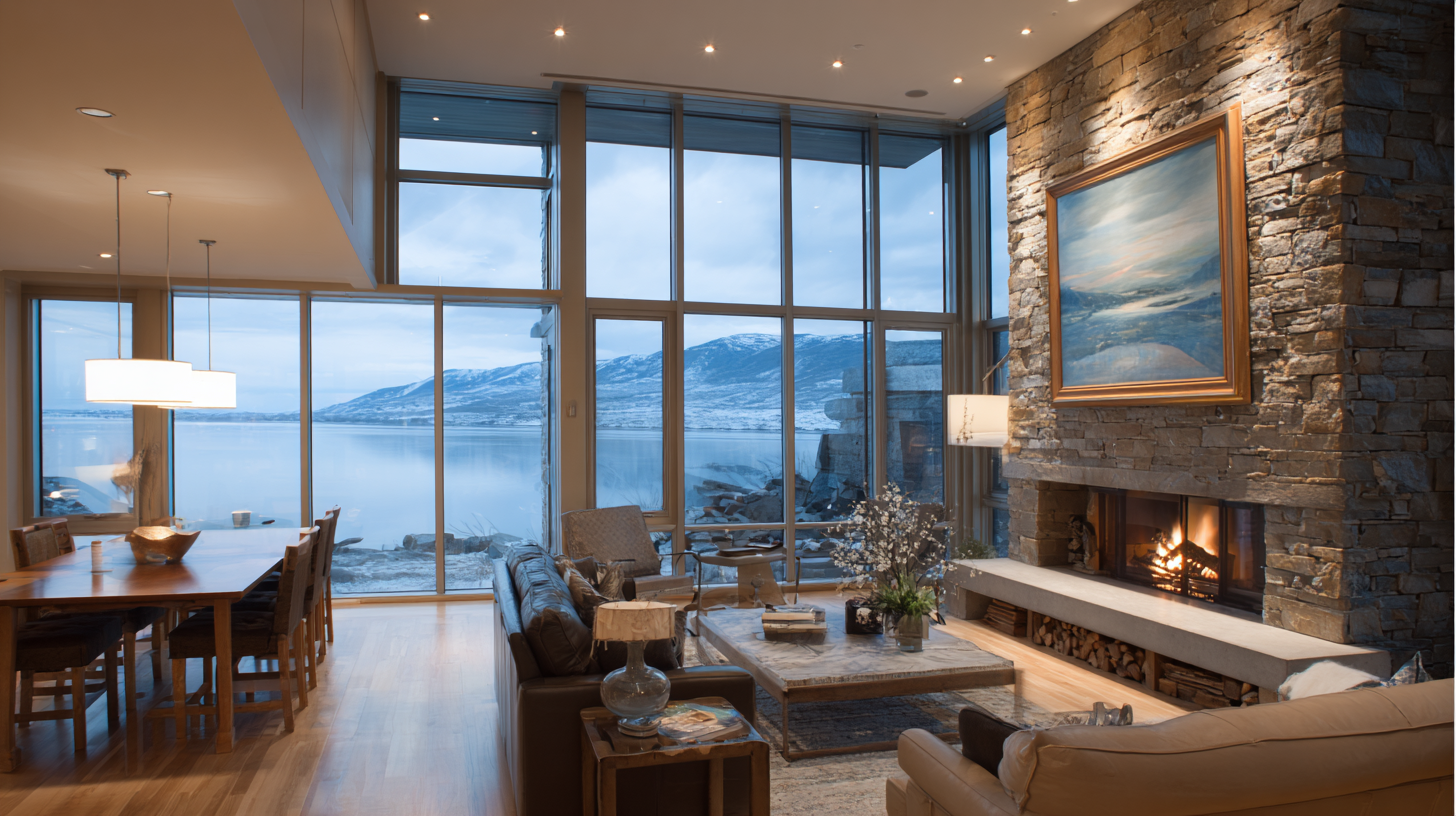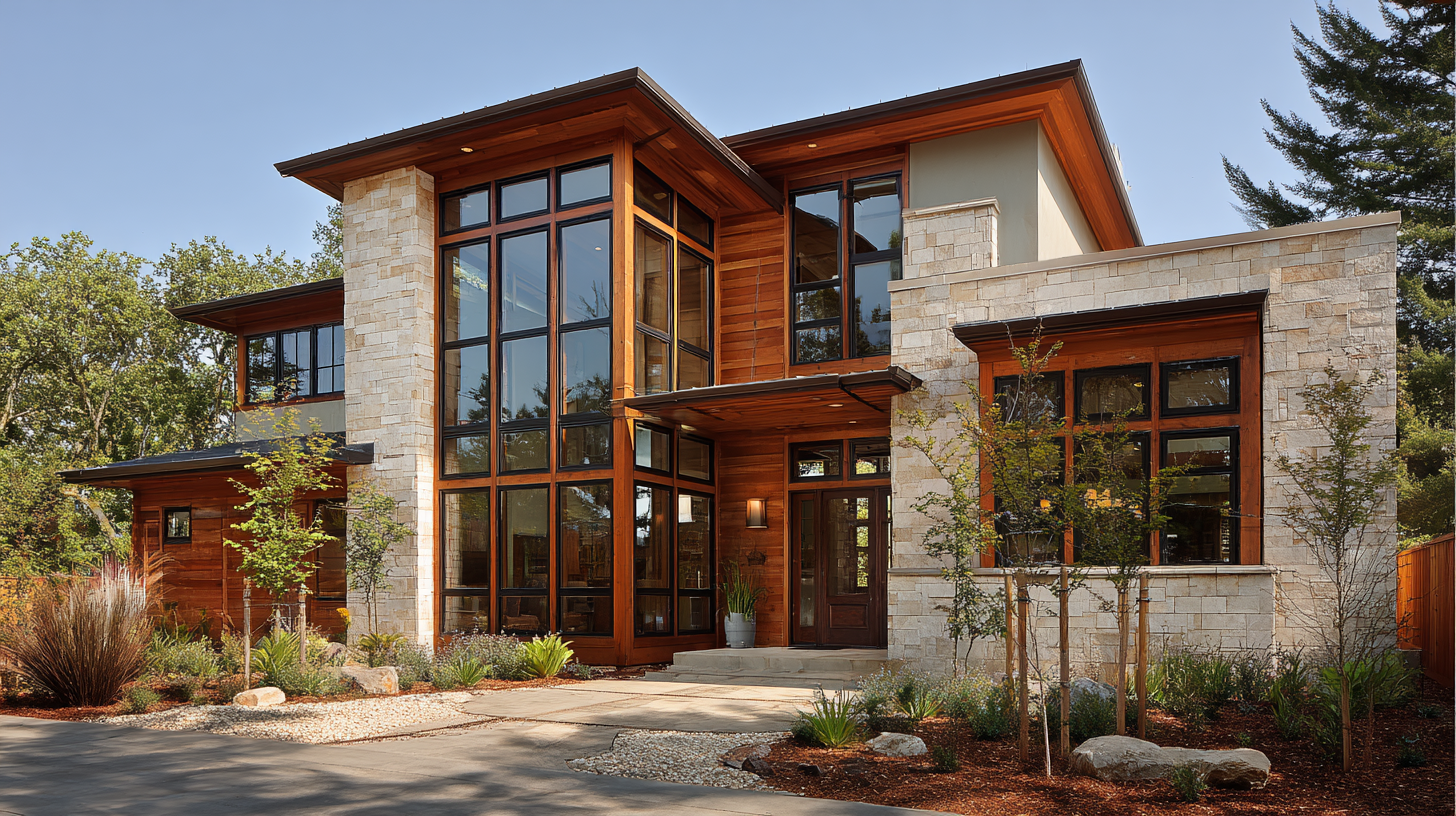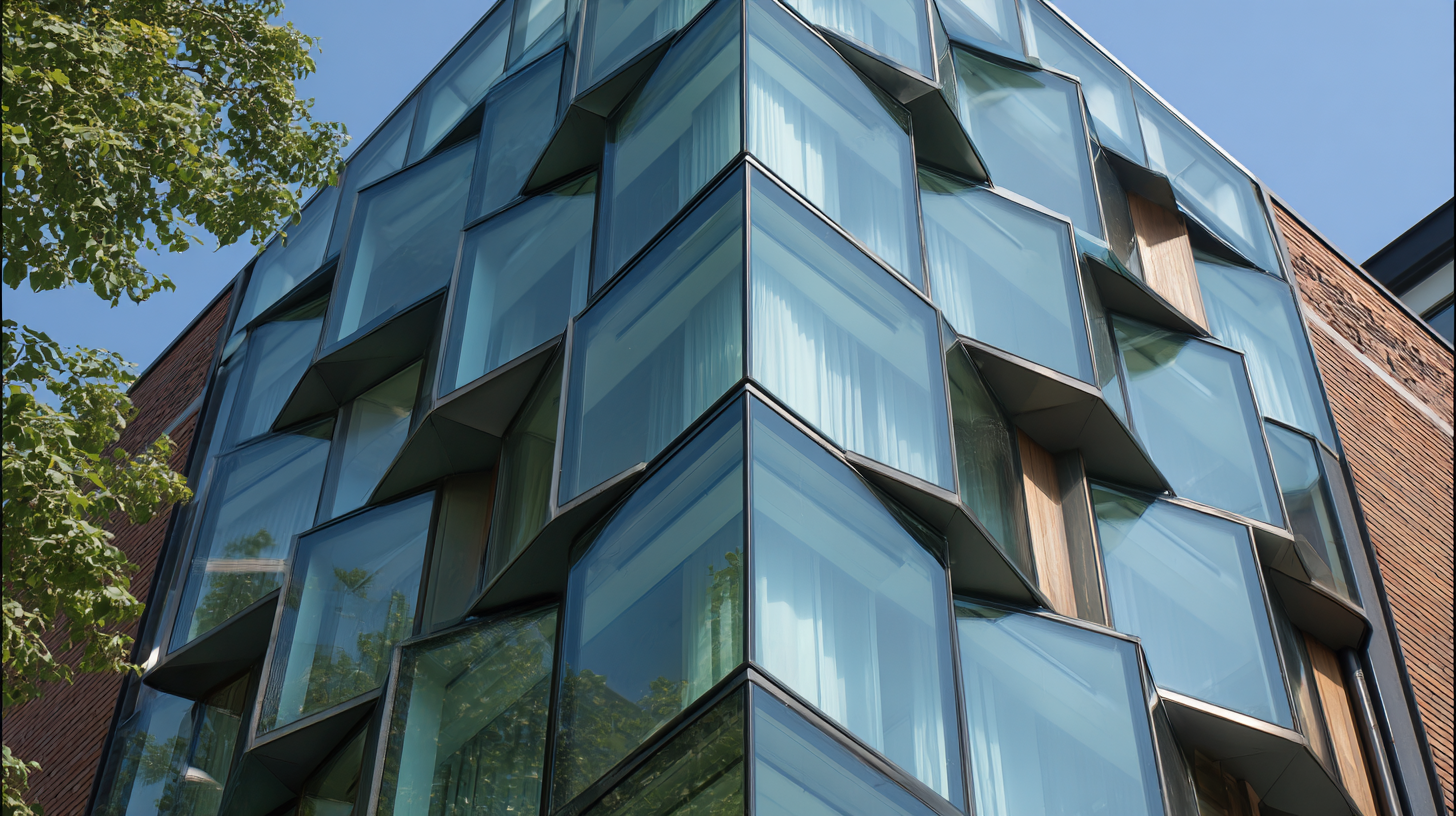When it comes to enhancing the beauty and efficiency of your home, choosing the right windows is crucial, and clad windows are increasingly becoming a preferred choice for homeowners. According to the 2020 Window & Door Market Study, clad windows represent nearly 40% of the residential window market, thanks to their durability and low maintenance requirements. This popularity is largely attributed to their composite materials, which combine the aesthetic appeal of wood on the interior with the resilient protection of vinyl or aluminum on the exterior. Additionally, research from the American Institute of Architects indicates that clad windows contribute significantly to energy efficiency, with some models offering up to a 30% increase in thermal performance compared to traditional windows. With this guide, we aim to provide a comprehensive overview of the factors to consider when selecting the best clad windows for your home, ensuring that you make an informed decision that aligns with your style and energy needs.

When it comes to choosing clad windows for your home, several key factors come into play that can significantly influence both aesthetic appeal and energy efficiency. According to a report from the AIA, windows account for up to 25% of a home's heat loss in winter, making the right choice essential. Clad windows, with a robust exterior made from vinyl or aluminum and a warm wood interior, strike an optimal balance of durability and insulation.
Tip: Always consider the local climate when selecting clad windows. In regions with harsh winters or humid summers, materials like aluminum clad could provide superior resistance against weather elements, while maintaining an attractive interior finish. Moreover, look for windows with a low U-factor, which measures thermal performance; a U-factor of 0.30 or less is preferable for optimal efficiency.
Another crucial aspect is the style and architectural compatibility of the windows. According to the NAR, homes with consistent architectural themes can see a 10-15% increase in resale value. To ensure harmony with your home's design, analyze the existing details and choose clad windows that complement them seamlessly.
Tip: Make energy efficiency a priority by selecting windows with double or triple glazing, and consider options with built-in Low-E coatings to reduce UV exposure and glare while boosting energy savings.
When it comes to clad windows, the choice of materials can significantly impact both aesthetics and performance.
Among the most popular clad options are aluminum, vinyl, and fiberglass. According to the American Architectural Manufacturers Association (AAMA), aluminum clad windows are renowned for their strength and durability, making them an excellent option for homes in extreme weather conditions. With a lifespan of over 30 years, they provide a robust solution while allowing for a variety of color choices to enhance your home’s exterior.
On the other hand, vinyl clad windows offer a more budget-friendly alternative. The Vinyl Siding Institute reports that these windows deliver excellent energy efficiency, often leading to reduced heating and cooling costs. They require minimal maintenance and boast an average lifespan of 20 to 40 years. For those seeking the best of both worlds, fiberglass clad windows are increasingly popular due to their energy efficiency and exceptional durability. According to a study by the Department of Energy, fiberglass windows provide superior insulation compared to traditional materials, making them an ideal choice for homeowners focused on sustainability and long-term savings. Each material presents unique benefits, so homeowners must assess their individual needs to make the best decision.
 When it comes to selecting the best clad windows for your home, understanding the cost implications is crucial. Clad windows, which typically feature a durable exterior material (like aluminum or vinyl) and a wood interior, can initially seem more expensive than traditional options. However, their longevity and minimal maintenance requirements can lead to significant savings over time. Investing in high-quality clad windows minimizes the need for frequent repairs or replacements, effectively offsetting the upfront costs.
When it comes to selecting the best clad windows for your home, understanding the cost implications is crucial. Clad windows, which typically feature a durable exterior material (like aluminum or vinyl) and a wood interior, can initially seem more expensive than traditional options. However, their longevity and minimal maintenance requirements can lead to significant savings over time. Investing in high-quality clad windows minimizes the need for frequent repairs or replacements, effectively offsetting the upfront costs.
In comparison to alternative window types such as vinyl or wood, clad windows offer a sweet spot between cost and performance. While standard vinyl windows might come cheaper, they often lack the aesthetic appeal and insulation qualities that clad windows provide. On the other hand, wooden windows, while beautiful, require regular upkeep to prevent rot and decay. By conducting a thorough cost analysis—factoring in installation, energy efficiency, and long-term durability—homeowners can make an informed decision that aligns with their budget and aesthetic goals. This analysis helps highlight the true value of clad windows as a worthwhile investment in any home.
When selecting clad windows for your home, understanding energy efficiency ratings is crucial. These ratings provide a clear representation of window performance metrics that can significantly impact your home's energy consumption. Energy performance is typically measured using U-factors, Solar Heat Gain Coefficients (SHGC), and Visible Transmittance (VT). The U-factor indicates how well a window insulates against heat loss; the lower the U-factor, the better the insulation. For warmer climates, the SHGC measures how much solar heat passes through the window; lower values are generally more desirable to keep homes cooler.
Another vital metric to consider is the Energy Star rating, which signifies that a window meets strict energy efficiency guidelines set by the Environmental Protection Agency (EPA). Choosing windows with high-performance ratings not only contributes to a more comfortable living environment but can also lead to substantial savings on heating and cooling costs over time. Evaluating these energy efficiency ratings allows homeowners to make informed decisions, ensuring that their investment in clad windows will enhance both the aesthetic and functional qualities of their home while supporting sustainable living practices.
| Window Type | U-Factor | Solar Heat Gain Coefficient (SHGC) | Visible Transmittance (VT) | Air Leakage (AL) | Energy Star Certified |
|---|---|---|---|---|---|
| Double Pane Vinyl | 0.30 | 0.25 | 0.52 | 0.05 cfm/ft² | Yes |
| Triple Pane Wood | 0.20 | 0.20 | 0.60 | 0.03 cfm/ft² | Yes |
| Fiberglass Frame | 0.25 | 0.22 | 0.50 | 0.04 cfm/ft² | Yes |
| Aluminum Clad | 0.32 | 0.30 | 0.45 | 0.06 cfm/ft² | No |
When selecting clad windows for your home, style and aesthetics play a crucial role in ensuring that your choice complements the overall design of your property. Clad windows are available in a variety of materials and finishes, which means they can either enhance or detract from your home’s visual appeal. For instance, if you're aiming for a modern look, sleek aluminum cladding in matte colors can provide clean lines and a sophisticated touch. On the other hand, traditional wooden-clad windows with rich stains can beautifully accentuate a classic or rustic aesthetic, adding warmth and charm to your home’s exterior.
To achieve a harmonious design, consider the architectural style of your home when choosing clad windows. For example, a contemporary home might benefit from large, panoramic windows that offer a seamless transition between indoor and outdoor spaces. In contrast, a historic property would benefit from windows that reflect its era, perhaps opting for divided-lite designs that add character and maintain authenticity. Color palettes should also be taken into account; selecting a window color that matches or complements your shutters, siding, or roofing can create a cohesive look that ties the entire facade together. Balancing form and function will not only enhance your home's beauty but also increase its value and curb appeal.





